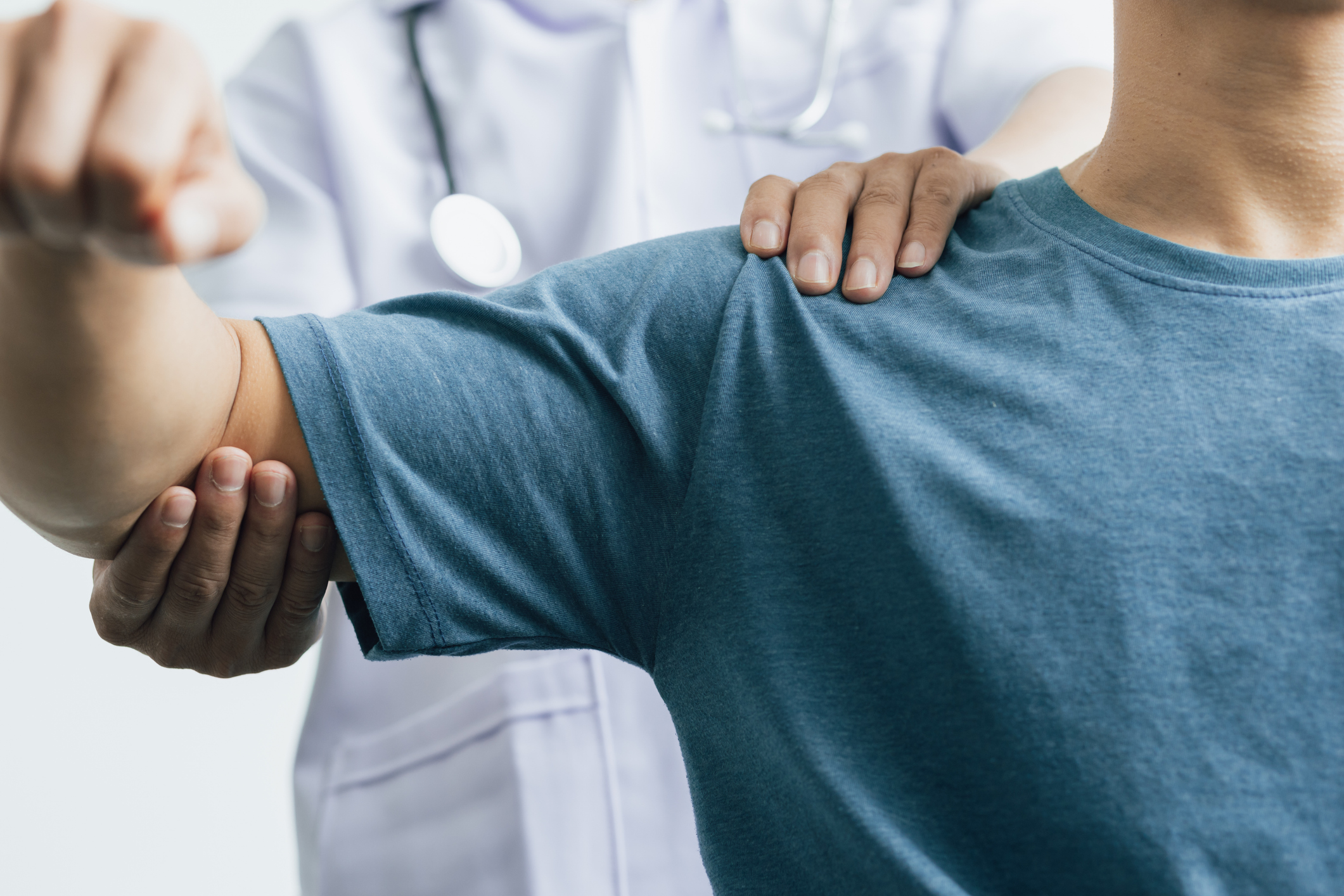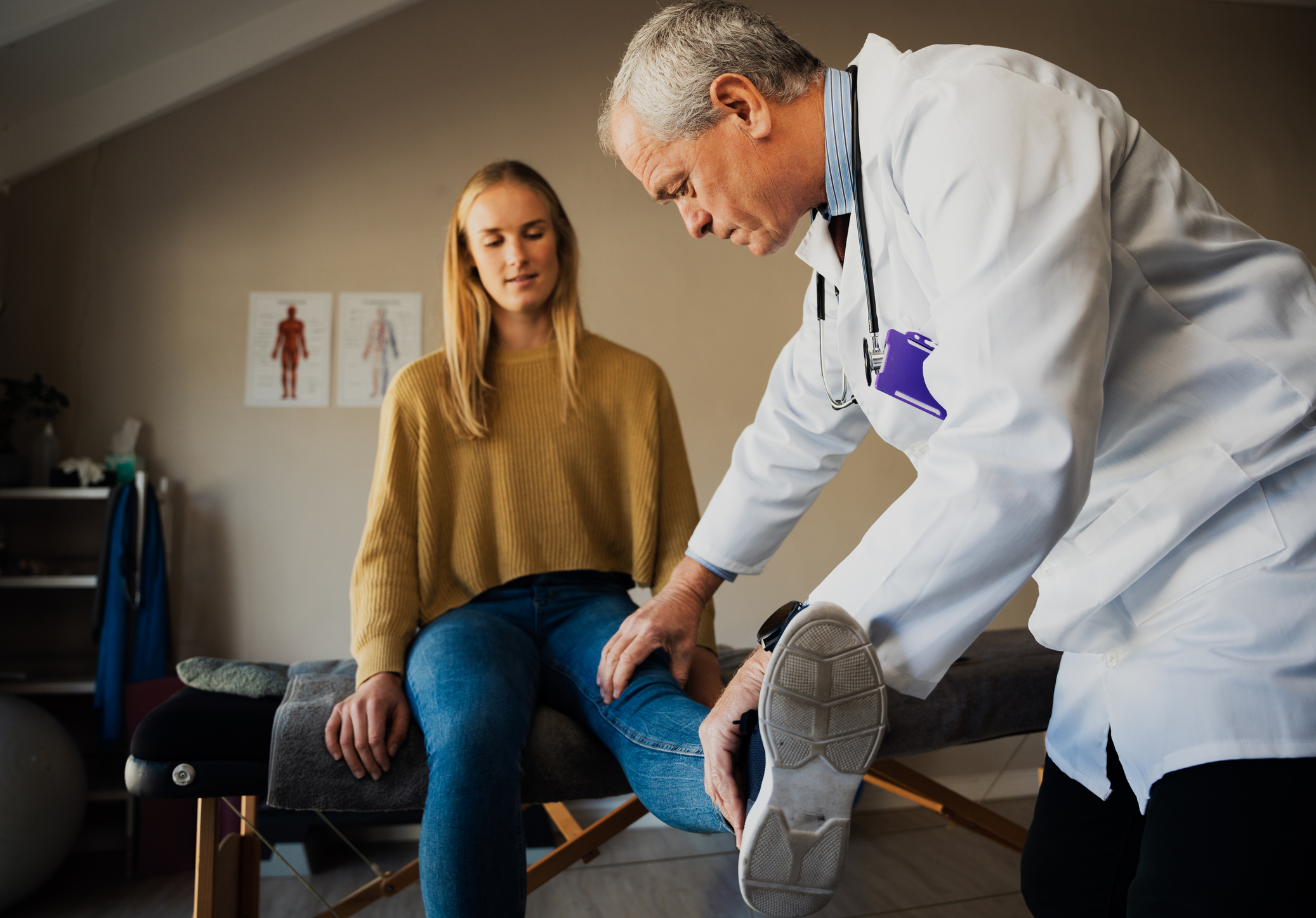
Safety First: How Young Athletes Can Reduce the Risk of Injury
Youth sports are more than child’s play. Getting kids involved from an early age can yield numerous benefits, including physical development, self-discipline, coordination, and even socialization with peers. But if your child is playing youth sports, you need to remember that they face a greater risk for injury than adult athletes with stronger bodies.
The Differences Between Child and Adult Athletes
Children might have a seemingly unlimited supply of energy, but don’t let their excitement and fearlessness fool you. Children are still growing and they can’t be put through the same reps as adults.
As Palmetto Bone & Joint’s Physical Medicine and Rehabilitation specialist, Dr. Jacquelyn Van Dam explains, “A child is not merely a smaller version of an adult. Their muscles, bones, ligaments, and tendons are still in early growth stages. And when you factor in differences in stamina, strength, and coordination, they’re much more susceptible to injury.”
Children also face a greater risk of injuring growth plates, which are areas of developing cartilage found at the ends of long bones. Growth plates are weaker than the surrounding ligaments and tendons. Something as simple as a twisted ankle can lead to something more serious – like a growth plate fracture that disrupts normal bone growth.
Common Injuries Among Young Athletes
Youth sports injuries are usually placed into one of two buckets:
- Acute injuries. These are injuries caused by sudden trauma – like a collision or twist. They include things like strains, sprains, and broken bones.
- Overuse injuries. These injuries occur over time. They result from repeated use without adequate rest between playing. Examples include shin splints and Achilles tendinitis.
Strategies for Preventing Injuries in Young Athletes
As a parent or coach, it’s your job to make sure young athletes don’t push too hard. (They’re often poor judges of managing pain and have very limited patience for rest and recovery.) Here are some helpful tips and strategies:
- Always have your child go through a pre-participation sports physical to screen for potential problems.
- Ensure the child knows and abides by the rules of the sport.
- Equip your child with the proper protective gear for the sporting being played. (For example, a baseball player needs to be equipped with the proper baseball helmet, while a soccer player should wear shin guards.)
- Encourage your young athlete to stay properly hydrated before, during, and after an athletic competition.
- Encourage proper stretching prior to athletic performance.
- Children should never play a sport when they’re tired or in pain.
- Children should not rely on the sport itself to get them into shape. They should instead be encouraged to train for the sport they’ll be playing.
- A young athlete should not be exposed to weight-lifting training until their primary care doctor ensures them that it’s safe to begin. (And at this point, proper weight training from a licensed trainer is necessary.)
- Limit the number of teams and sports your child plays per season. A child who plays on multiple teams faces a greater risk for overuse injuries.
- Children shouldn’t play a single sport year-round. Regular breaks, as well as participation in other sports, are necessary for both injury prevention and skill development.
- Steroids should never be used by young athletes. While they are shown to increase muscle mass, they can have serious and sometimes life-threatening complications.
- Young athletes are discouraged from taking sports supplements unless otherwise directed to do so by a doctor. There simply isn’t enough research on the long-term health effects in children. It’s also important to note that the U.S. Food and Drug Administration doesn’t regulate these products.
This might sound like a long list of dos and don’ts. However, at the end of the day, it comes down to using common sense. As a parent or coach, trust your gut and do what’s best for the child’s long-term health.
Contact Palmetto Bone & Joint Today
At Palmetto Bone & Joint, one of our primary goals is to provide pediatric patients with the care they need to regain optimum health and freedom of movement after sports-related injuries. If your child has experienced a broken bone, compromised joint, or similar injury to the musculoskeletal system, we offer the latest in technology, diagnostic services, both surgical and nonsurgical treatments, and rehabilitation.
Contact us today to learn about scheduling an appointment!
Source: https://orthoinfo.aaos.org/en/staying-healthy/a-guide-to-safety-for-young-athletes/



